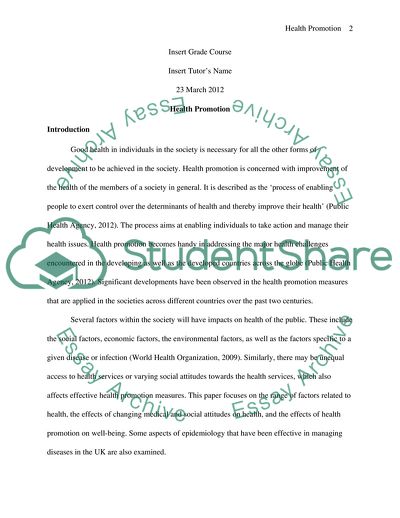Cite this document
(Health Promotion - Theoretical Written Report Essay - 1, n.d.)
Health Promotion - Theoretical Written Report Essay - 1. https://studentshare.org/health-sciences-medicine/1769782-health-promotion-theoretical-written-report
Health Promotion - Theoretical Written Report Essay - 1. https://studentshare.org/health-sciences-medicine/1769782-health-promotion-theoretical-written-report
(Health Promotion - Theoretical Written Report Essay - 1)
Health Promotion - Theoretical Written Report Essay - 1. https://studentshare.org/health-sciences-medicine/1769782-health-promotion-theoretical-written-report.
Health Promotion - Theoretical Written Report Essay - 1. https://studentshare.org/health-sciences-medicine/1769782-health-promotion-theoretical-written-report.
“Health Promotion - Theoretical Written Report Essay - 1”. https://studentshare.org/health-sciences-medicine/1769782-health-promotion-theoretical-written-report.


